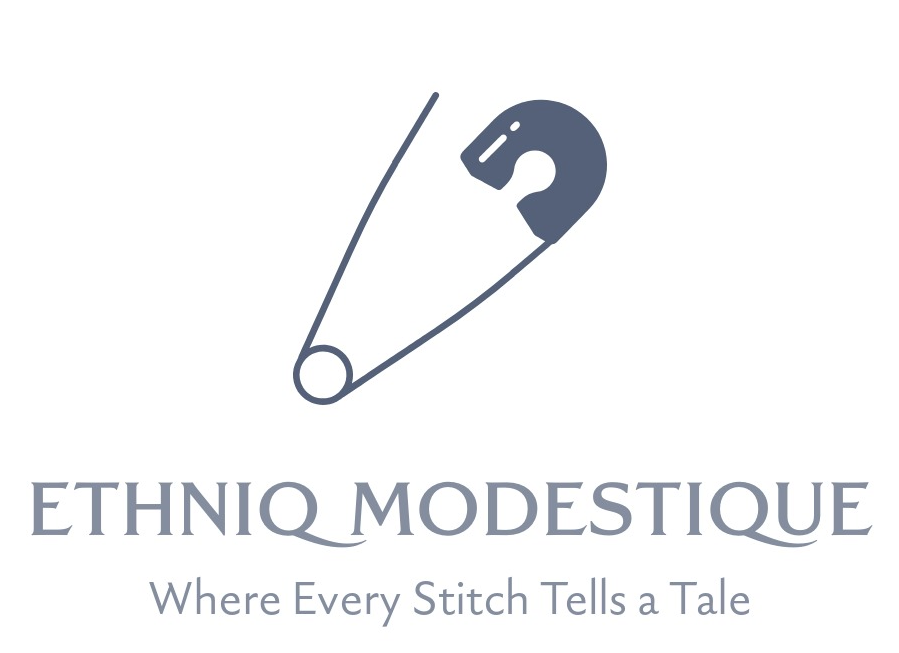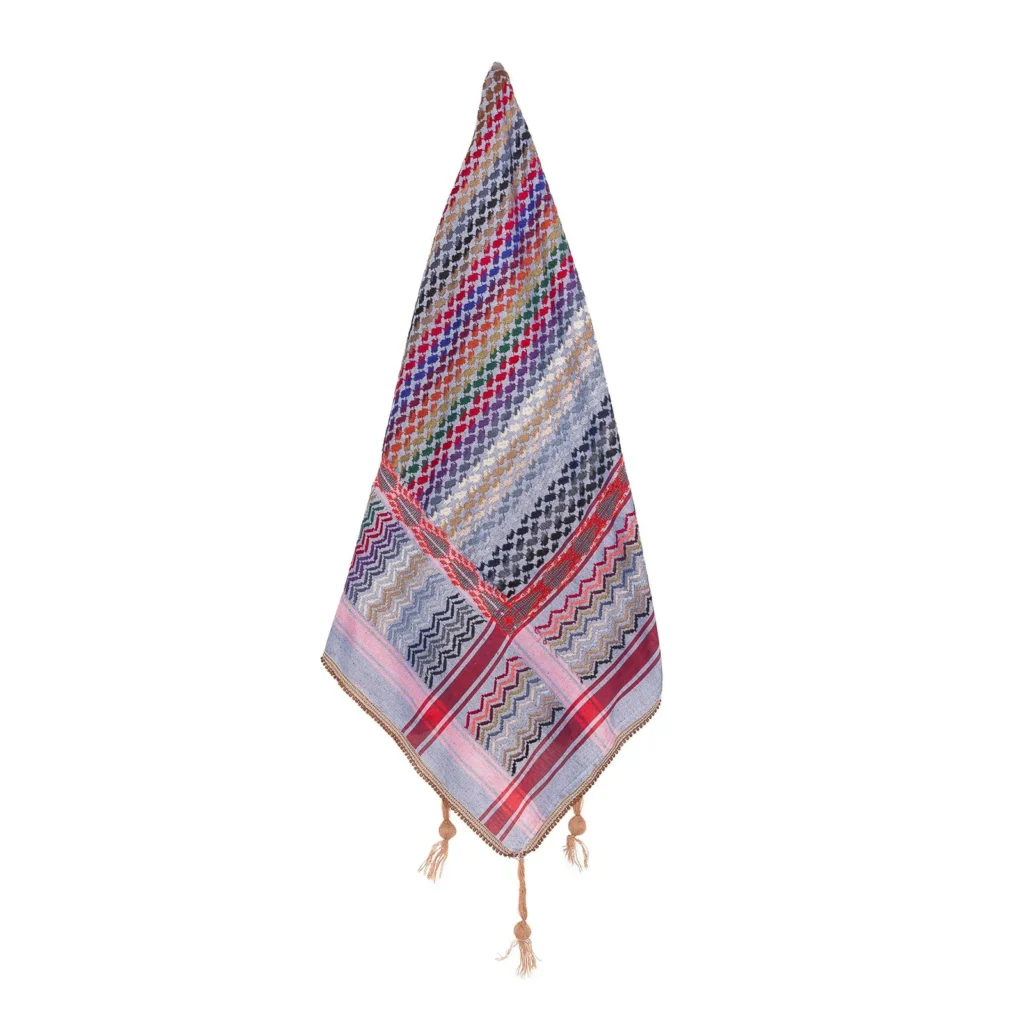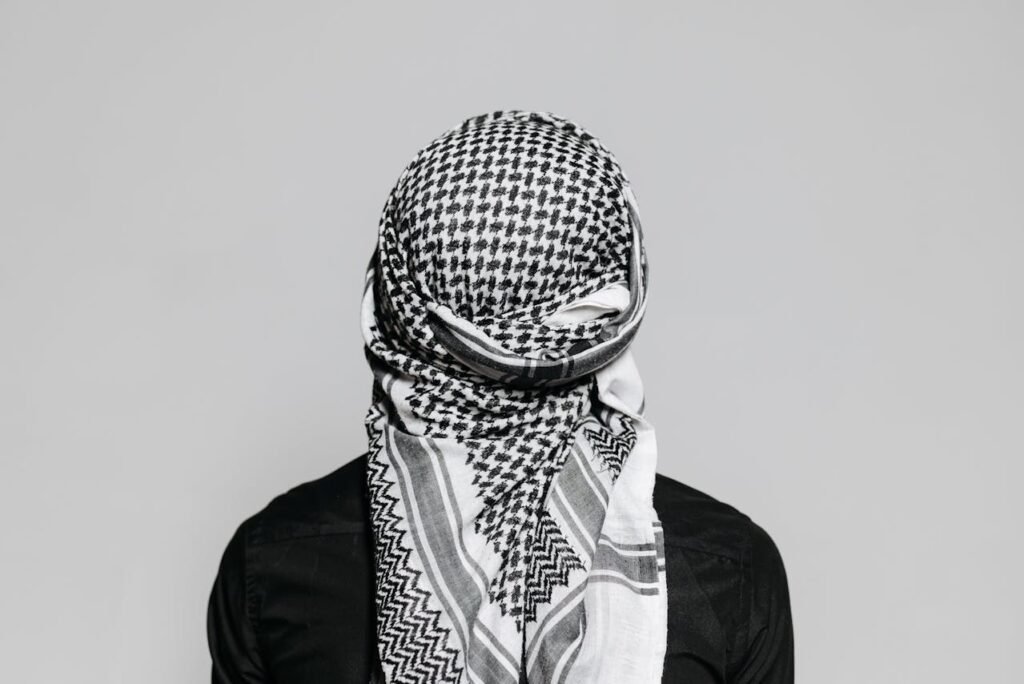The keffiyeh scarf, also known as the shemagh or ghutra, is a traditional Middle Eastern headdress with deep cultural and historical significance. It is typically a square piece of cloth, woven from cotton or a cotton blend, and often features a distinctive checkered pattern. The keffiyeh is more than just a practical accessory; it is a symbol of identity, resistance, and fashion.
Historical and Cultural Roots
The keffiyeh has been worn for centuries, primarily by men in Arab countries, to protect against harsh desert conditions such as sun, wind, and sand. Its origins can be traced back to ancient Mesopotamia, where it was used for practical purposes. Over time, the keffiyeh has evolved to hold significant cultural and political meaning.
In the 20th century, the keffiyeh became a powerful symbol of Palestinian nationalism and resistance. Palestinian leader Yasser Arafat popularized the black-and-white keffiyeh, turning it into an emblem of solidarity and struggle against occupation. Today, it remains a potent symbol of Palestinian identity and is worn worldwide to express support for their cause.
The Keffiyeh in Fashion
In recent years, the keffiyeh has transcended its traditional roots to become a fashionable accessory. Designers and fashion enthusiasts have embraced the keffiyeh for its versatility and distinctive aesthetic. It can be styled in various ways—as a scarf, headwrap, or even a shawl—making it a versatile addition to any wardrobe.
Fashion houses have incorporated keffiyeh-inspired designs into their collections, highlighting its global appeal. However, this trend has sparked debates about cultural appropriation and the importance of respecting the keffiyeh’s historical significance.
Conclusion
The keffiyeh scarf is a unique blend of tradition and fashion. Its rich cultural heritage and symbolic importance make it more than just a stylish accessory. Whether worn for practical reasons, as a statement of identity, or as a fashion piece, the keffiyeh continues to be a meaningful and versatile garment with a profound legacy.







